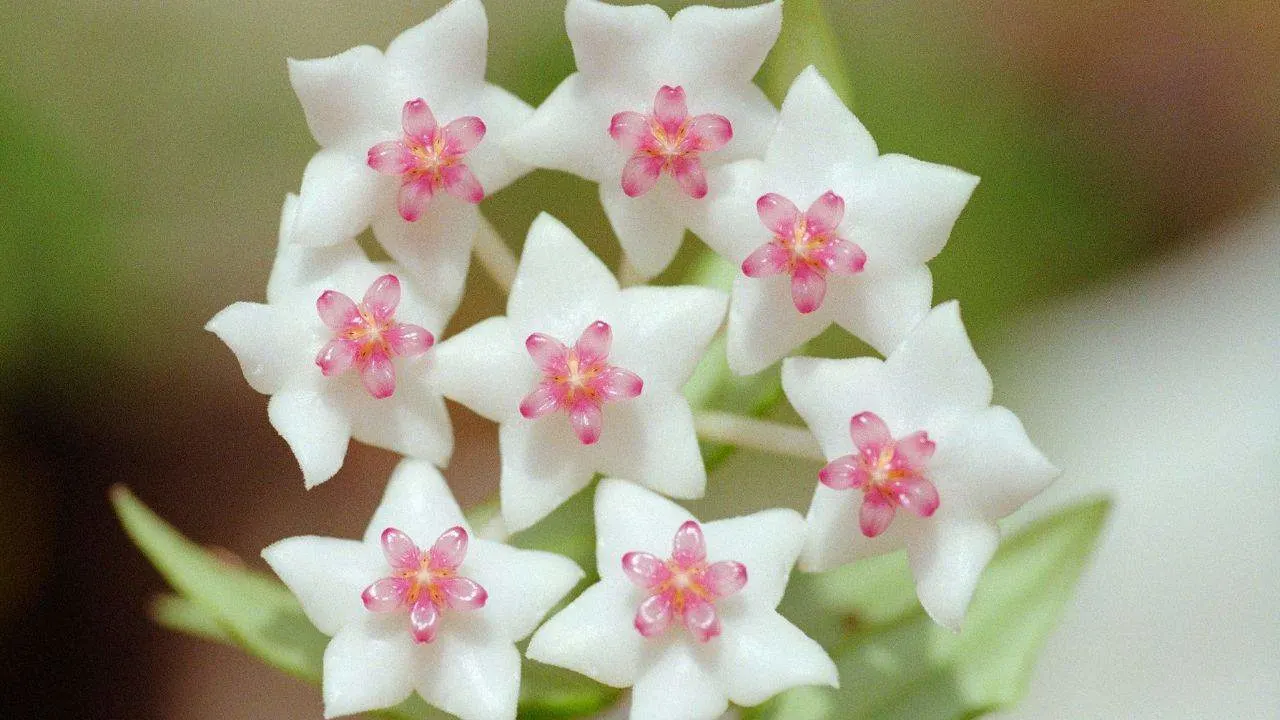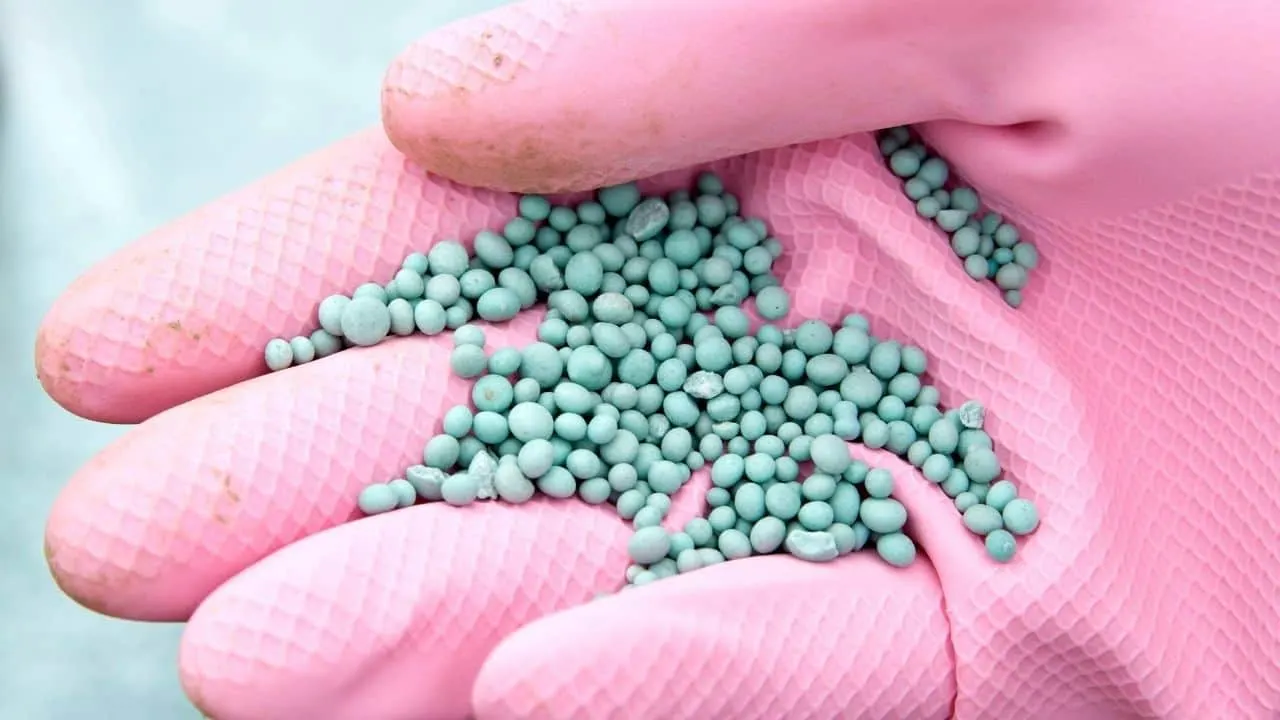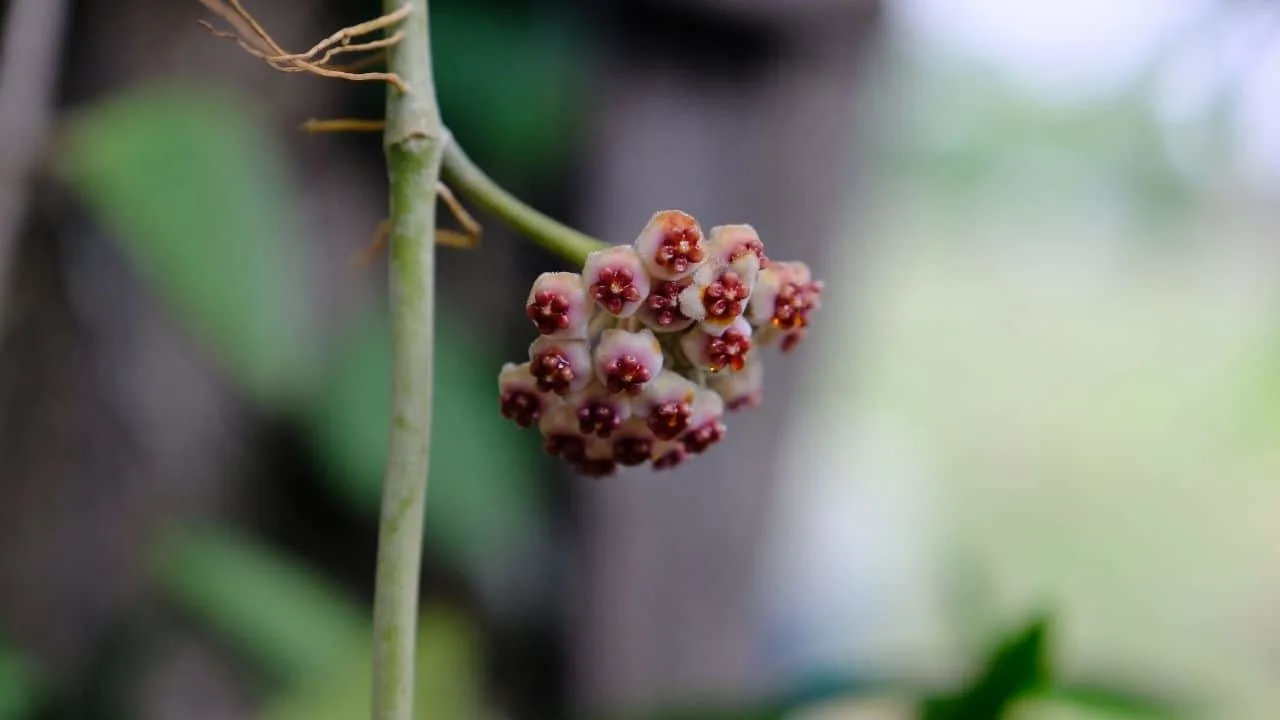Hoyas, or “wax plants”, are well-known for their thick leaves. These plants can be draped on trellises or trained to climb them.
Hoyas’ leaves and stems are interesting in themselves, but the real pleasure comes when the plant blooms.
This amazing plant has over 100 varieties. Each one requires a slightly different regimen of care to have it thrive.
If Hoyas receive the proper care, they grow star-shaped clusters of little flowers that will blow your mind.
You can do something for your plant to grow beautiful flowers. I will cover each one below so you too can enjoy these amazing flowers.
Table of Contents
Get a Hoya Plant to Bloom
Ensure your Hoya gets bright – but indirect – light. You must water the plant regularly and make certain that it is well fertilized during the entire Hoya blooming season. Hoyas like it to be somewhat wet, so keep them in conditions of increased humidity.
Step-by-step Advice to Get Hoyas to Bloom

Get a Hoya Plant to Bloom
Provide Sufficient Humidity
Increase the local humidity surrounding your plant to 60%. (If that is too much for where your plant is, a minimum humidity of 40% is acceptable.)
To achieve this level of humidity, use a humidifier, or mist your Hoya. One elegant and artistic solution is to have the potted Hoya on a dish filled with stones and water.
Provide Sufficient Light
Brighten up the light on your Hoya.
Hoyas require bright, indirect light to thrive.
However, you must ensure that your plant doesn’t receive direct sunlight! To prevent the plant from getting scorched, don’t have it in a south-facing window.
If a south-facing window is your only option, protect your plant against being scorched by covering the window with a sheer or lace curtain.
Provide Sufficient Nutrients

Provide Sufficient Nutrients
Monitor the nutrients in your Hoya’s soil. If need be – especially during the blooming season – be ready to provide fertilizer.
The reason is simple: the Hoya will not boom if it doesn’t have enough energy. To give the plant the energy it needs, you have to support it with as much food as necessary.
Aim for a fertilizer that has a high phosphorus number to help ensure your Hoya blooms. (A “high phosphorous number fertilizer” is one where its ‘P’ is high in the N–P–K ratio. For example, a fertilizer with an N–P–K of 5–10–5 is excellent for this purpose.)
Provide Sufficient Water
Water your Hoya frequently. Although the plant needs to be watered regularly, make sure the soil dries out completely between waterings.
Only let the top half of the soil dry out when Hoya is in its growing season. In the winter, don’t water your Hoya as much.
Tip: Only use water that is at room temperature to water a Hoya.
What Not to Do if you want your Hoya to Bloom
Do not Remove Bare Stems

Do not Remove Bare Stems
The bare stems of your Hoya should not be removed. Bare stems are where the Hoya’s flowers bloom.
Don’t worry, even if they stay bare year after year. In fact, repot your plant every few years to encourage more stems.
Tip: Repot in a slightly larger pot, but don’t overdo it as Hoyas’ roots do well in crowded conditions.
Don’t Move your Hoya in its Blooming Season
Hoyas dislike being moved and don’t do as well if you move them. Therefore, once you have set up your Hoya where it gets sufficient (and indirect) light, don’t move it.
In particular, don’t move it during its blooming season, or you can kiss the chances of seeing any flowers goodbye.
Bonus Section: Problems Hoyas Commonly Face
Leaves Turn Yellow or even Wilt
This is a common indication that the plant is not receiving enough water.
Increase the watering – but do it slowly! Root rot is a more serious problem caused by overwatering.
Problems with Insects
Many insects can damage your plant.
Insects like scale, aphids, mealybugs, spider mites, and whiteflies.
Mealybugs
Mealybugs, which measure only an eighth of an inch in length, are soft-bodied, white insects that love to eat photosynthates (plant juices).
Their bodies are covered with a powdery white substance, which makes them look a lot like snow.
The sticky substance they use to cover the leaves is covered with greyish-white bumps, which resemble mold. It is possible to remove mealybugs, but it can be difficult if treatment starts too late.
Aphids
Aphids live in colonies on the underside of the Hoya’s new growth. These insects vary in color and are usually pear-shaped.
They are soft-bodied insects and may or may not have wings. All aphids have tiny cornicles jutting out of the back of their abdomens.
Aphids will suck out the sap from your Hoya and inject saliva into it. This will end up altering your plant’s overall appearance, but unfortunately, not for the better.
Scale
Scale are tiny bugs that suck out the sap from Hoyas’ stems and leaves. They can be either round or oval-shaped and come in many colors, but most commonly, they are brown.
There are two types of these insects.
One’s shell is harder, and that variety is called a “hard shell”. The other has a softer shell and is called a “soft shell”.
If you are unfortunate enough to get scale on your Hoya, you’ll find that they live anywhere on the plant.
Scale is difficult to remove completely, although soft shell scale is much easier to deal with. To save your plant, you will need to remain watchful for several weeks.
Frequently Asked Questions about Getting a Hoya Plant to Bloom
When should I repot Hoyas?
Repot Hoyas only when roots are too crowded. When repotting, you should use a larger pot. Hoyas’ roots love crowding and many varieties need it to bloom. Fill the new pot’s bottom with peat-based potting soil when repotting. After the transplant, water the Hoya well.
How long does it take for a Hoya to bloom?
Only mature Hoyas bloom. Therefore, it will be a minimum of three years to see the first bloom, but it could take as long as seven years in some varieties. A lot also depends on the plant’s environment. In some environments, Hoya blooms faster than it does in others.
Afterword:Get a Hoya Plant to Bloom
Hoyas love humidity and higher temperatures because they are tropical plants. Your plant should be kept at 60°F.
It should not be placed near any vents or direct airways. Also, don’t let the plant’s branches touch outside-facing windows because if it turns cold, any parts touching such windows will be damaged and die.
Hoyas require bright, indirect light to thrive. Although they can thrive in low light conditions, the Hoyas will not bloom.

Daniel has been a plant enthusiast for over 20 years. He owns hundreds of houseplants and prepares for the chili growing seasons yearly with great anticipation. His favorite plants are plant species in the Araceae family, such as Monstera, Philodendron, and Anthurium. He also loves gardening and is growing hot peppers, tomatoes, and many more vegetables.


